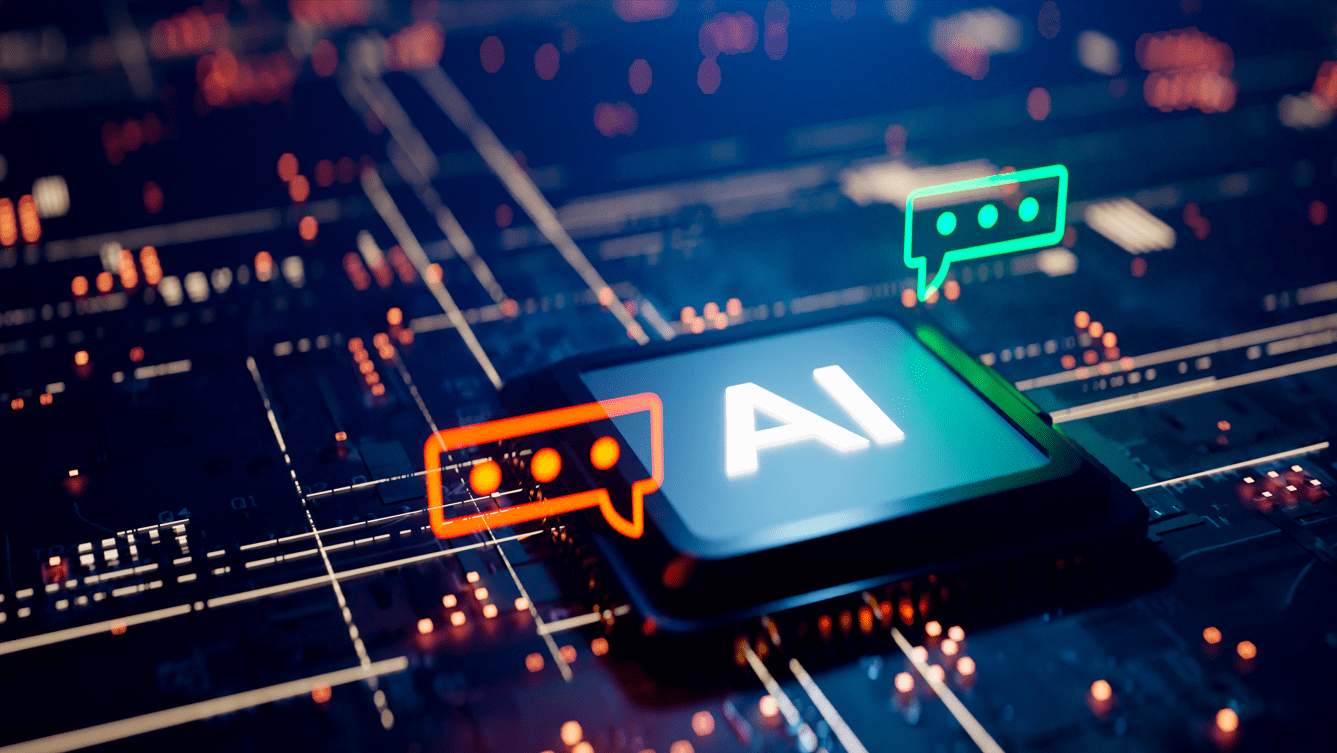Businesses are increasingly relying on AI-driven solutions like chatbots and virtual assistants to enhance customer service and automate tasks. While both technologies improve efficiency and user experience, understanding their differences is crucial for selecting the right tool for your business.
In this post, we will explore how AI virtual assistants and chatbots work, their differences, and key factors to consider when choosing the best fit for your company’s need.
What Is AI Virtual Assistant?
AI Virtual Assistants refer to intelligent systems that interact with users to perform tasks through voice or texts. They utilize advanced technologies including natural language processing (NLP), natural language understanding (NLU), artificial emotional intelligence, and machine learning (ML). For instance, NLP enables the AI to interpret spoken or written commands. Meanwhile, machine learning algorithm helps it improve over time by learning from user interactions.
As technology advances, AI virtual assistants like Siri, Google Assistant, and Alexa, are becoming essential in both personal and professional environments. Their strength lies in automating repetitive activities, saving time, and improving productivity. For businesses, these assistants can automate routine customer service tasks, reducing operational costs and improving response times. In industries such as healthcare, finance, and e-commerce, they are diving innovation by streamlining operations and enhancing user experiences. On a personal level, AI assistants help individuals manage daily schedules, set reminders, and control smart home devices with ease.
What Is a Chatbot?
Chatbot is a software that provides conversational experiences to users by processing text and audio inputs and generating relevant responses. Chatbots are typically employed to handle simple, repetitive tasks like answering frequently aksed questions or providing customer support. This allows employees to focus on other important activities. Chatbots are usually used on websites, social media platforms, and messaging apps to help users with a variety of inquiries.
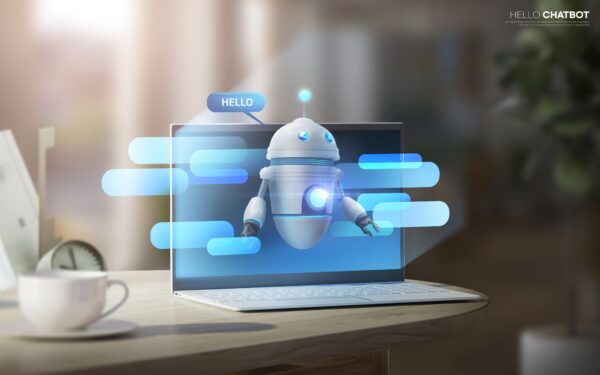
There are two main types of chatbot: rule-based and AI-powered.
Rule-based chatbots use fixed rules to offer preprogrammed responses based on keywords, making them well-suited for simple tasks but inflexible in handling complex inquiries. When a user inputs a query, the chatbot scans for keywords or phrases and matches them to its rule set, providing a response. They rely heavily on customer input and cannot answer outside the pre-set options or scenarios.
On the other hand, AI-powered chatbots, like ChatGPT and Google Bard, use artificial intelligence to understand and respond to more complex user inputs. They leverage machine learning (ML) algorithms and natural language processing (NLP) to analyze text or voice input and determine the intent behind a message, generating more sophisticated and relevant responses. These bots continuously improve their accuracy and effectiveness by learning from previous interactions.
Virtual Assistants vs. Chatbots
The most prominent similarity between AI virtual assistants and chatbots is that they are both established to make the lives of people easier by freeing them from the burdens of tedious work and repetitive tasks. Both virtual assistants and AI-based chatbots use natural language processing (NLP) to determine the intent of the users’ queries or requests, then interact and respond to them in a conversational manner.
Though AI virtual assistants and chatbots may appear similar, there are several differences such as functionality, level of user interaction, and use cases.
Here is a quick comparison between AI virtual assistants and chatbots to help you better understand their differences.
| Criteria | Chatbots | AI Virtual Assistants |
| Primary Function | Task-specific automation, FAQs, customer service | Personalized assistance across multiple tasks and domains (user-oriented) |
| Interaction Type | Primarily text-based, sometimes voice | Voice and text, multi-contextual |
| Context Awareness | Limited, typically session-specific | High, maintains contact over multiple interactions |
| Customization/Personalization | Low to moderate | High, adapts to user preferences |
| Device Integration | Integrated into specific platforms or applications | Integrated with various platforms and devices (smartphones, smart speakers, etc.) |
| Use cases | Basic customer service, order processing, lead gen | personal assistance, smart home management, complex tasks |
| Examples | ChatGPT, Google Gemini, Microsoft Copilot, Jasper, Intercom | Apple Siri, Amazon Alexa, Google Assistant, Microsoft Cortana |
While traditional chatbots and AI virtual assistants differ significantly, the evolution of AI-powered chatbots is bridging the gap. With advancements in machine learning and natural language processing, chatbots are becoming more versatile, adaptive, and capable of handling complex tasks, much like AI virtual assistants.
Real-life Use Cases of AI virtual assistant
Apple Siri
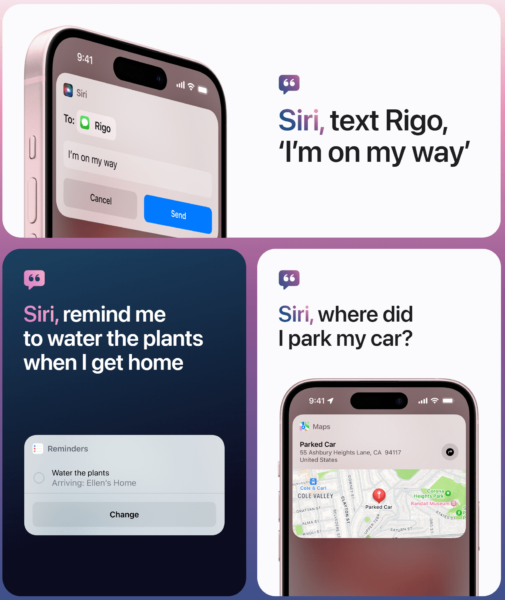
Apple’s Siri serves as an AI virtual assistant, helping users with a range of tasks, such as setting reminders, sending texts and retrieving information like weather updates or directions. It integrates with smart home devices, allowing users to control lights, thermostats, and more with voice commands. Siri also plays music, podcasts, and manages device settings like adjusting brightness or enabling “Do Not Disturb”. Additionally, it provides personalized suggestions based on user habits, making everyday tasks more convenient and efficient.
In the realm of travel and navigation, AI virtual assistants offer route-specific directions and real-time traffic updates.
In the financial sector, they provide live stock market updates, helping users make informed investment choices.
Real-life Use Cases of AI virtual assistant
Amazon Rufus
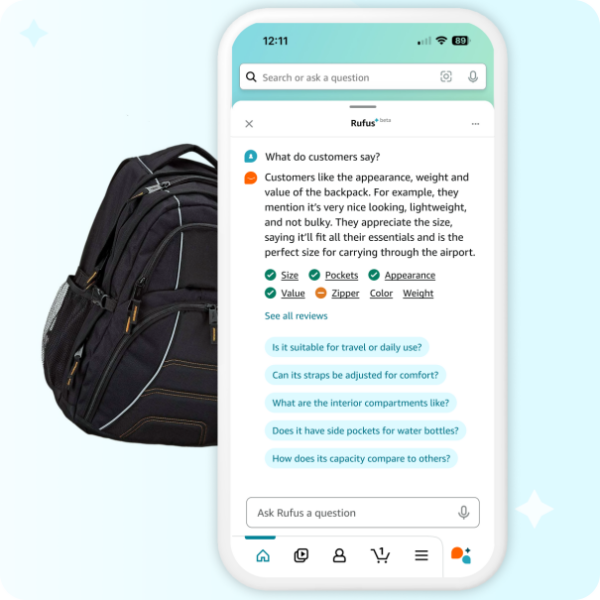
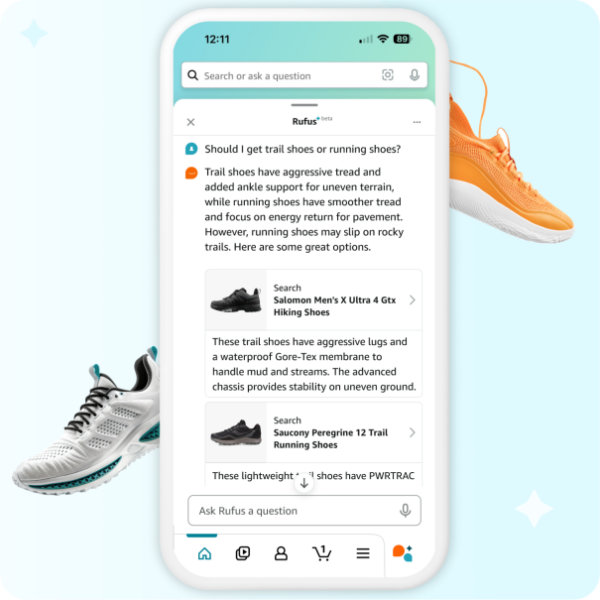
Amazon’s Rufus is a generative AI-powered shopping assistant designed to help U.S. customers in the Amazon app. Rufus helps the customers with broad-range and specific questions, and everything in between. It also offers personalized product recommendations, helps user compare items, and provides updates on new products. By offering a conversational, AI-driven interface, it aims to enhance the shopping experience by simplifying decision-making and improving product discovery.
Beyond that, AI chatbots are actively applied in healthcare sector to handle simple patient queries, direct them to appropriate resources, and assist with appointment bookings.
In the travel industry, they streamline tasks like reserving rental cars, hotels, and flights, making the booking process more efficient.
Which One to Choose: AI Virtual Assistant or Chatbot?
In order to determine the appropriate platform for your business, you should first determine the purpose of using either the virtual assistant or chatbot.
Here are some factors to consider when choosing between AI virtual assistant and chatbot:
- Business Needs and Use Cases
- Cost and Resources
- Level of Interaction
- Integration Across Platforms
Business Needs and Use Cases
Chatbots: Ideal for handling structured, task-specific functions like answering FAQs, processing orders, or providing customer support.
AI Virtual Assistants: Suitable for more complex, multi-functional tasks such as personalized recommendations, voice controlled tasks, and integrating across multiple platforms.
Cost and Resources
Chatbots: Typically more affordable and easier to implement, especially for small-scale or specific tasks.
AI Virtual Assistants: Require greater investment and more sophisticated technology infrastructure, which may suit companies looking for long-term, scalable solutions.
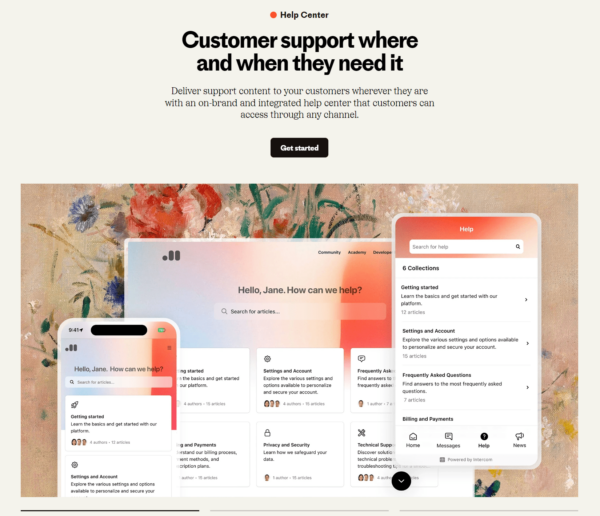
Level of Interaction
Chatbots: Best for straightforward, transactional interactions where predefined responses are sufficient.
AI Virtual Assistants: Offer personalized and dynamic conversations with the ability to remember past interactions, making them better for deeper customer engagement.
Integration Across Platforms
Chatbots: Usually deployed on specific platforms (e.g., websites, messaging apps).
AI Virtual Assistants: Can integrate across various devices and platforms, offering a seamless, cross-platform user experience (e.g., controlling smart home devices, managing schedule across mobile and desktop).
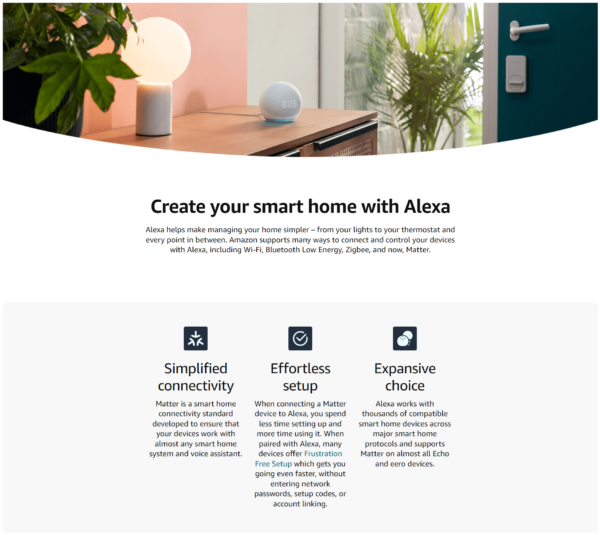
Wrapping up…
Whether you opt for a chatbot or an AI virtual assistant, the right choice will depend on your business’s unique needs and goals. Embracing the right technology can transform how you interact with customers and streamline your operations, paving the way for enhanced efficiency.
Looking for high-quality human-powered data to train your AI chatbots? Click here.
